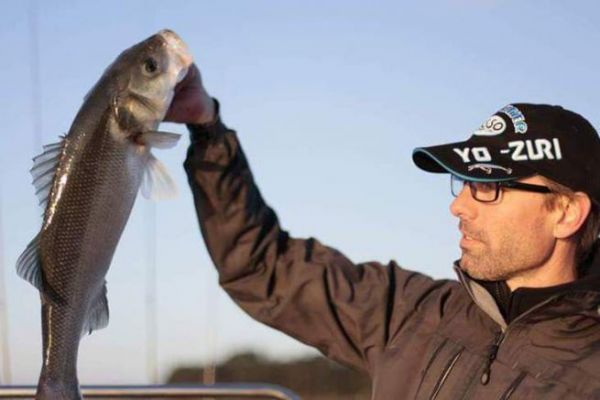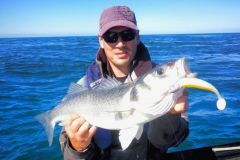Finesse fishing involves the use of a light rod and reel, a fine, discreet line and light lures, often animated with great precision. The development of this practice is linked to two phenomena:
- The increasing difficulty of making good catches due to the decline in the resource and the mistrust of the target fish.
- The desire to get the most out of fights. Fishing has become more of a hobby than a food activity.
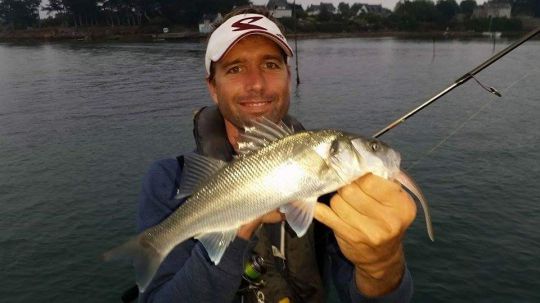
A philosophy above all
While the use of fine lines and discreet lures makes it easier to deceive predators, it's above all a question of having as much fun as possible on the water, especially when fighting.
In the old days, fishing was all about filling your plate and sometimes, unfortunately, your freezer... But today, with the advent of catch and release, the objective is quite different. Catching a sea bass or any other fish is no longer an end in itself, and the pleasure lies in the fight, the adrenalin of its progress and outcome, and the desire to give our catch a maximum chance of emerging victorious.
So, even before being a technical response to a problem, it is above all a philosophy and a conception of our practice.
A specific approach
Whatever the target, the logic is the same and lies in using lighter tackle than usual. Not only in terms of rod power, but also line and lure.
As a result, bass and pike-perch anglers no longer hesitate to opt for rods with 3-15 g or 5-20 g power and fluorocarbons between 6 and 8 lbs to be able to present a light lure with maximum discretion.
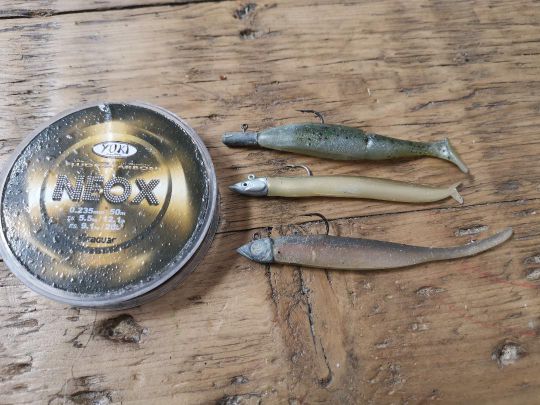
An answer to a problem
If finesse fishing satisfies a desire for pleasure, it is also a response to a technical problem. In fact, as fish become less numerous and more wary, they can be particularly difficult to lure. So discretion is essential to fool them.
While we've already mentioned the equipment used, this quest for discretion is not limited to it. Indeed, finesse fishing is practised with light lures, often of small sizes, presented in the most natural, minimalist and lightest way possible. Scratch fishing, weightless fishing, carolina fishing and waky fishing with soft lures under 10 cm and sinkers between 2 and 7 g are then the most suitable practices.
This way of fishing allows you to catch fish that no other approach allows. Indeed, on the edges and in very little water, finesse fishing is the only possible alternative. Particularly when sight fishing, the use of thicker lines and heavier lures would lead predators to desert the area in seconds.
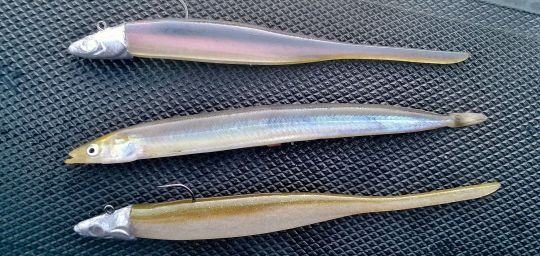
The risks
If this practice is a source of pleasure and efficiency, it also represents a "risk" for our catch. Indeed, the chances of leaving a fish swimming with a hook in its mouth after a break are much greater, and as fights sometimes drag on, our catches become over-tired and have real difficulty getting going again when they are released. This last point is particularly true in hot weather, and I urge you not to go to extremes and unhook your catch in the water as quickly as possible, even if it means jeopardizing your photo shoot.
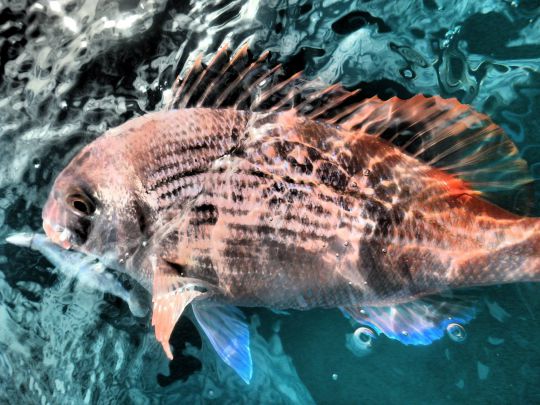

 /
/ 